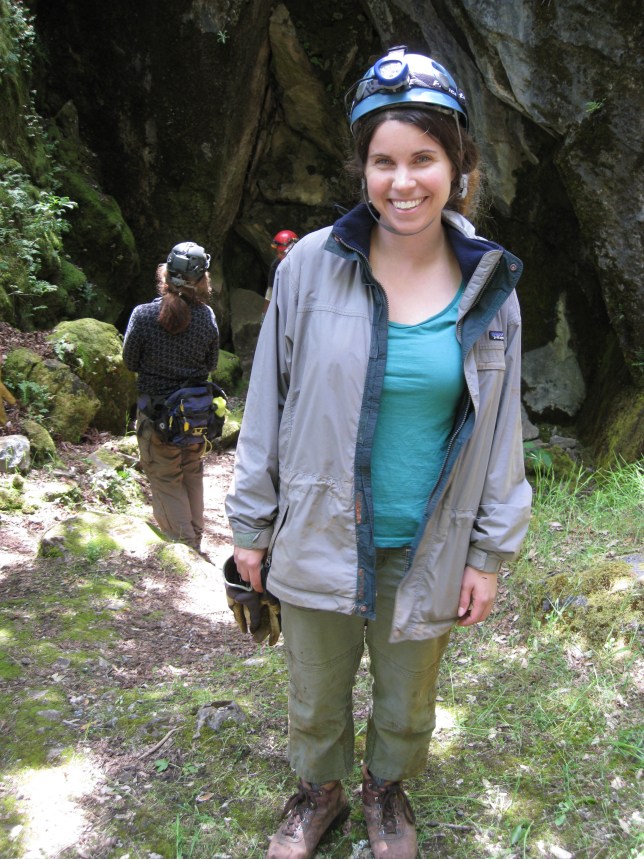
This episode currently has no reviews.
Submit Review- Publisher |
- Michael White
- Media Type |
- audio
- Categories Via RSS
- Publication Date |
- Dec 26, 2018
- Episode Duration |
- 00:59:36
https://forecastpod.files.wordpress.com/2018/12/episode_63_jessica_oster.mp3
Speleothems — stalagmites, stalactites, flowstones — are a central tool for reconstructing past hydroclimate variability. But what, really, are they recording? oster.squarespace.com/">Jessica Oster from Vanderbilt University walks Mike through the long, incredibly long, process of permitting, extracting, transporting, sampling, analyzing, and understanding the isotopic signals encoded in these bedeviling but transporting recorders.
Succeeding in the field requires incredible patience combined with the ability to think deeply about how the sparse but growing network of speleothems, combined with other hydroclimate records, can inform our understanding of past climate dynamics. And progress is happening. For example, Jessica tell Mike how she and her colleagues pulled together a sweeping collection of paleoclimate evidence to reveal how the jet stream contracted and twisted in glacial boundary conditions, rather than moving monolithically south.
One gets the sense that the community is, finally, approaching a broader consensus that speleothems are recording measures of atmospheric circulation and moisture source, not a pure amount signal. Maybe the simpler explanation would have been easier to parse, but the more complex interpretation also points towards the potential for a richer understanding of past climate dynamics in a range of boundary conditions.

This episode currently has no reviews.
Submit ReviewThis episode could use a review! Have anything to say about it? Share your thoughts using the button below.
Submit Review